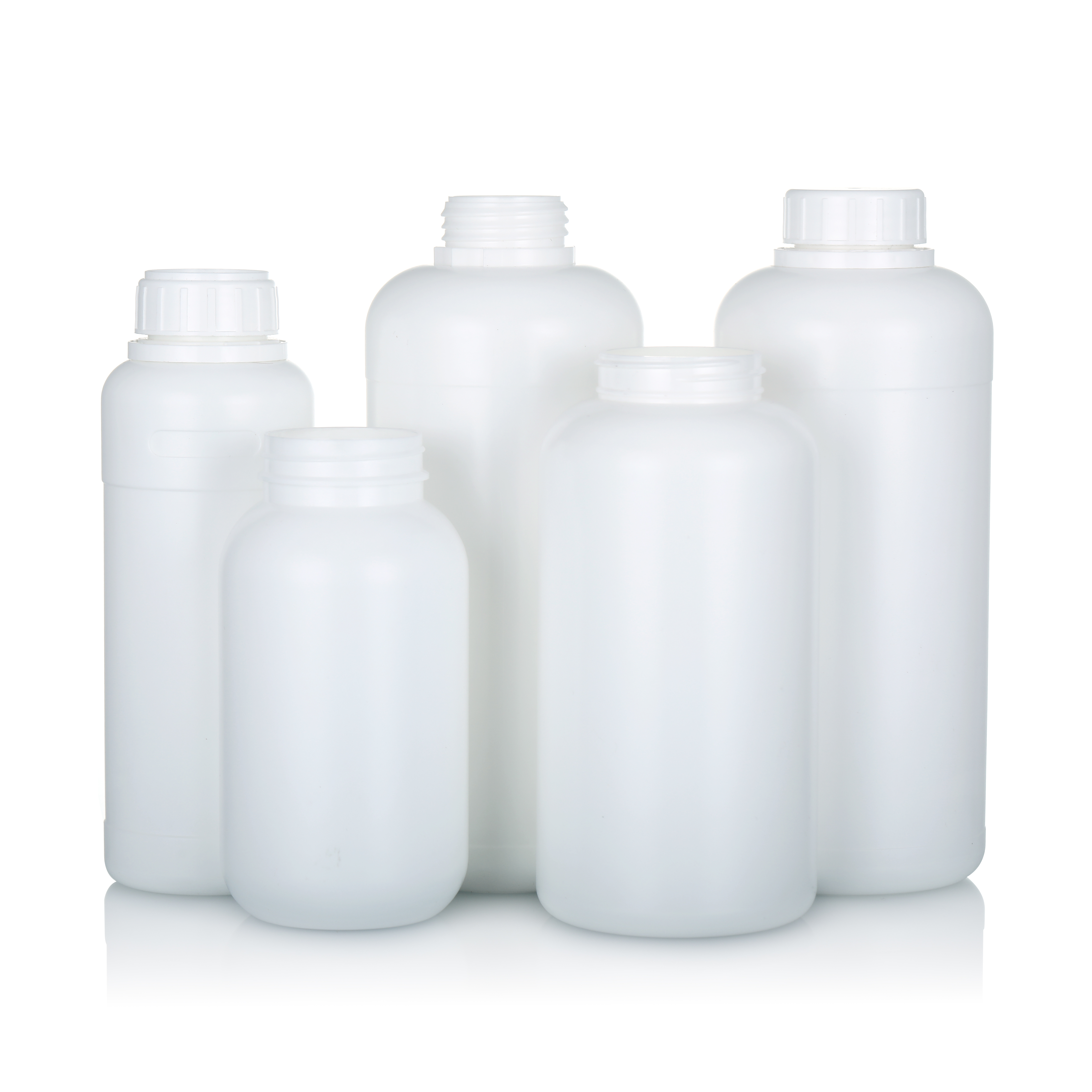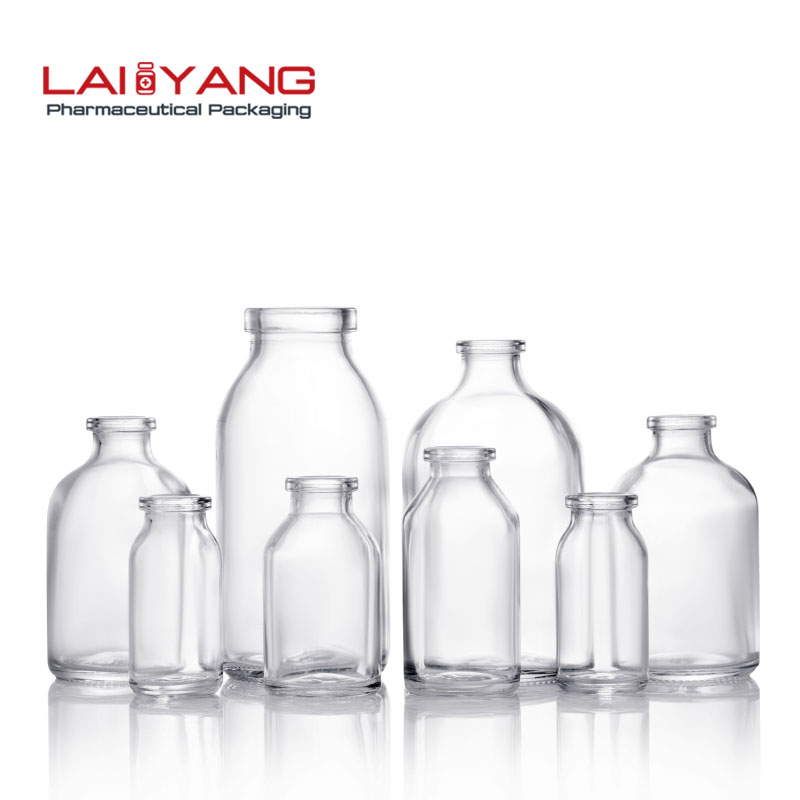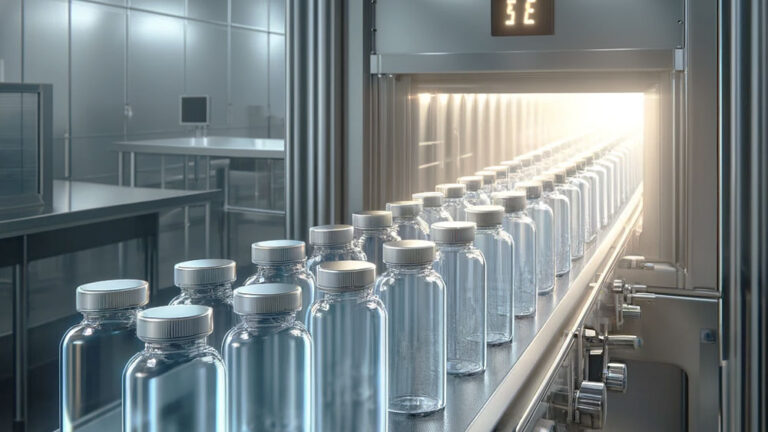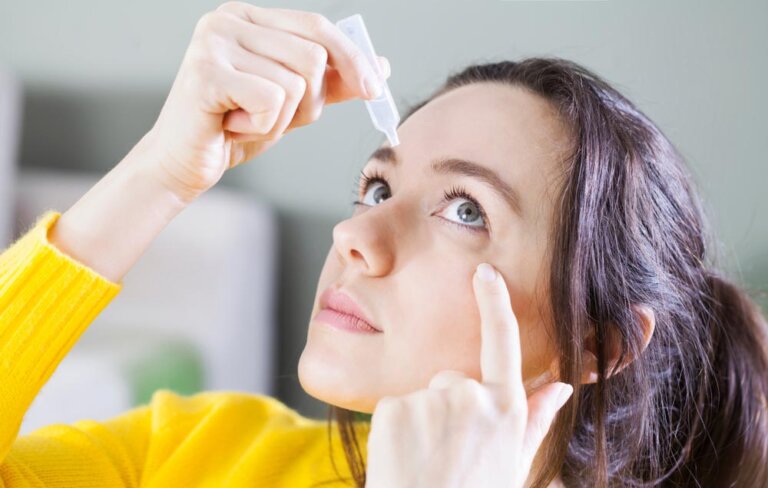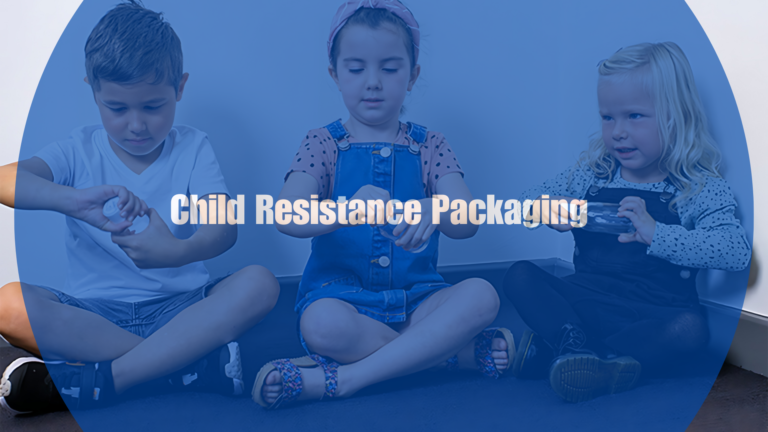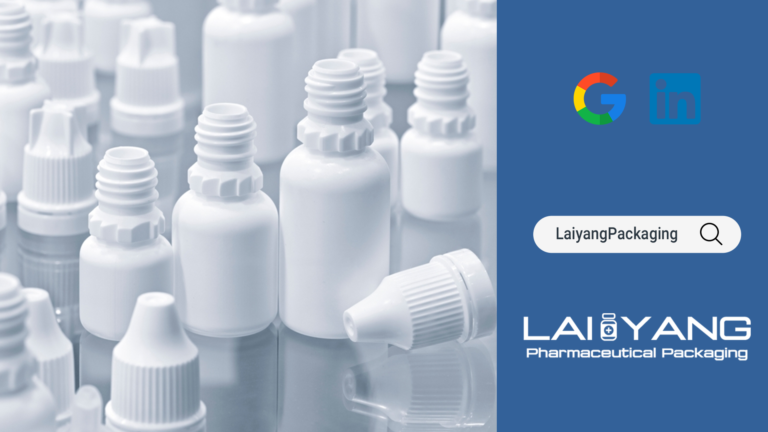Laiyang Packaging is the leading manufacturer of plastic pharmaceutical packaging with 30 years of rich production experience. Products cover HDPE bottles, PET bottles, Eye dropper containers, Plastic disposable veterinary syringes, Effervescent tablet packaging, PP/PE infusion bottles, Child resistant closure etc. By introducing the latest production facilities, we strive to provide the best solution for our partners.
We think it is necessary for customers to know to compare the different production processes of the packaging so that they could know how to choose the suitable packaging for their products. Let’s get started to see how to choose the production process for the pharmaceutical packaging material.
What is blow molding
Blow molding – A manufacturing process used to form hollow plastic containers or parts. It is mainly used in the pharmaceutical plastic packaging industry. Blow molding process by heating plastic particles into a liquid form, the liquid form of raw materials into the mold cavity, and it will form a plastic bottle by blowing air into the mold cavity.
The blow molding process originated from glass blowing. The first blow molding machine was made in 1938 by Enoch Ferngren and William Kopitke, who sold the first blow molding machine to Hartford Empire Company, and then the blow molding process entered the commercial era.
The raw materials available in the early used in the blow molding process were too brittle and the production time was too long to effectively carry out mass production. With the emergence of HDPE, PET, PP, and LDPE materials, the blow molding process in the industry has been rapid development. The products quickly became popular in the pharmaceutical packaging industry and food packaging industries.
What is the 4 kinds of blow molding
EBM: Extrusion Blow Molding
Process:
Step 1:The plastic particles are heated in an extrusion machine and become a viscous fluid. The fluid is extruded to form a vertical, flat plastic hose with an empty center, which we call Parison, through which compressed air can be passed.
Step 2: The molds closed around the parison from the two sides.
Step 3: After the mold is closed, a blowing needle is inserted from the neck of the parison to blow air. Under the action of air pressure, the parison expands into the shape of the mold cavity. The threads of the bottleneck are also made inside the mold.
Step 4:By cooling the mold, the liquid plastic is also cooled to a solid state. A cutter removes excess plastic from the bottom of the bottle. The plastic bottle is transferred to the bottleneck trimmer, where excess plastic is removed from the neck, the entire bottle mouth is corrected, and the finished bottle is placed on a conveyor belt after the mold is opened.
Application:
- The bottles have a big volume made of HDPE, LDPE, and PP material
- Small to a medium blow-up ratio
- Adjusting bottle weight
- Bottle with window strips
- Bottle with multiple plastic layers.
Since the thread of the bottleneck is also made in the mold, the seam line will also occur on the neck thread. But the seam line is not friendly to the induction seal, which may cause leakage if the bottleneck does not have a smooth surface.
CBF:Compression Blow Forming
CBF is the new way to manufacture plastic bottles.
CBF,acronym for Compression Blow Forming,is the unique combination of two well known and established technologies widely used in the plastic bottles market.
This is your motion for yor future business
Process:
Step1: The process begin with the resin being introduced into a continusly opeating extruder.
Step2: The extrder provides a constant supply of resin which is cut into precise pellets which are inserted into an open mold.
Step3: The pellets is moulded into a preform by compression.
Step4: Stretching and blowing of the preform to the finished bottle.
Step5: Finally the bottles are driven out by means of a conveyor belt
Advantages:
1.Superior Neck Quality and Consistency.
Improved CRC features,improved sealing preformance,higher consistency and repeatability in all bottle specifications.
2.100% Perfect Bottle.
Thanks to a fully integrated vision quality control system,CBF grants full comliance to specificationsfor all bottles produced.
3.No Gate
Superior performacnce against stress cracking&improved product appearance.But the IBM bottom:the injection gate is clearly visible
4.Lower cycle time
| Item | Cycle Time(seconds) |
| CBF | 6-13 seconds |
| EBM | 10-27 seconds |
| IBM | 11-26 seconds |
5.High production capacity
2 CBF machines capable to produce 500000 bottles/day
10 EBM machines capable to produce 350000 bottles/day
Less floor space
6.Lowest Scrap Rate
CBF provides 30% transformation cost reduction compared to competitor technology,which means 15% cheaper in bottle TCO
35% less pover consumption
Lower scrap rate during production
Less material wastage during color change.
Application:
- HDPE,LDPE and PP resin Bottles
- Medium to large blow-up ratio with tight neck tolerance
- Adjusting bottle weight
- Window stripes
- Multiple plastic layers
IBM: Injection Blow Molding
Generally, IBM has three stations, they are injected station, a blow molding, and product eject station.
Process:
Step1: The pellets are fed from the hopper into the extruder.
Step2: The pellets are then pushed through an extruder and melted.
Step3: Preform injection, the extruded plastic is injected into the preform mold around the core rod. (The Preform determines the neck finish of the final bottle.)
Step4: Blow molding, pressurized air is introduced into perform via the core rod, blowing it into the shape of the mold cavity. (Pressurized air is blown into the mold, forming the resin to the final bottle shape.)
Step5: Ejection, the final formed bottles are ejected from the mold cavity.
Step6: Pressurized air is then blown into the bottles to check for leakage.
Step7: The bottle is ready to be packed and shipped.
Application:
- HDPE,LDPE, and PP resin Bottles
- Small to medium blow-up ratio with tight neck tolerance
- Smaller size bottles

ISBM: Injection Stretch Blow Molding
Injection stretch blow molding ad the name suggests combines elements of both the injection molding and blow molding processes.ISBM can be executed as a two-stage process or a single-stage process. ISBM is widely used in the production of PET bottles.
Two-Stage injection stretch blow molding
Step 1: Produce perform (also named parison )The heated particles were injected into the mold by using the long screw. The preform will be released from the mold after being cooled.
Step 2: The preform is transferred into the blow molding machine.
Step 3: Heat the preforms again above the thermal deformation temperature. (Except for the bottleneck which is formed in step 1) .And then, put the perform into blow mold for stretch blowing molding.
Single-stage injection stretch blow molding
Generally, the single-stage ISBM has four stations :
1.Injection Molding:
Plastic is injected into the preform mold at this station.
After cooling and shaping, the preform is moved with the core to the next station
2.Preform Conditioning :
Heating and temperature adjustment.
The high-temperature preform is transferred to the blow mold at the next station for stretch blow molding
3.Stretch blow molding:
First Stretch, then pressurized air is introduced into preforms via the core rod, blowing it into the shape of the mold cavity.
Finished bottles are transferred to the eject station.
4.Product eject
The final formed bottles are ejected from the mold cavity
Empty lip cavities return to the injection station to mold the next batch of preforms.
Differences between Single-Stage and Two-Stage ISBM
- Overall mold replacement time: Single-stage saves 2/3 time than Two-stage ISBM.
- Energy consumption of the standard model is reduced by 25%.
- Production capacity: Single-stage is 2-3 times than Two-stage ISBM.
Application
- PET resin
- Small to medium blow-up ratio with tight neck tolerance
- smaller size bottles

How to choose blowing molding?
| Resins Types | EBM | CBF | IBM | ISBM |
| HDPE,LDPE,PP | √ | √ | √ | √ |
| PP | Only |
| Different blow-up ratio | EBM | CBF | IBM | ISBM |
| Small to medium | √ | |||
| Small to medium with tight neck tolerance | √ | √ | ||
| Medium to large with tight neck tolerance | √ |
| Other | EBM | CBF | IBM | ISBM |
| Adjusting bottle weight | √ | √ | ||
| Window stripes | √ | √ | ||
| Smaller size bottles | √ | √ | ||
| Muliple plastic layers | √ | √ |
Blow molding Composition
| Item | |
| EBM | Blow Mold |
| CBF | Preform injection mold + blow mold |
| IBM | Preform injection mold + blow mold |
| Two-stage ISBM | Preform injection mold + blow mold |
| Single-stage ISBM | Multi-station injection stretch-blow mold with moving core |




